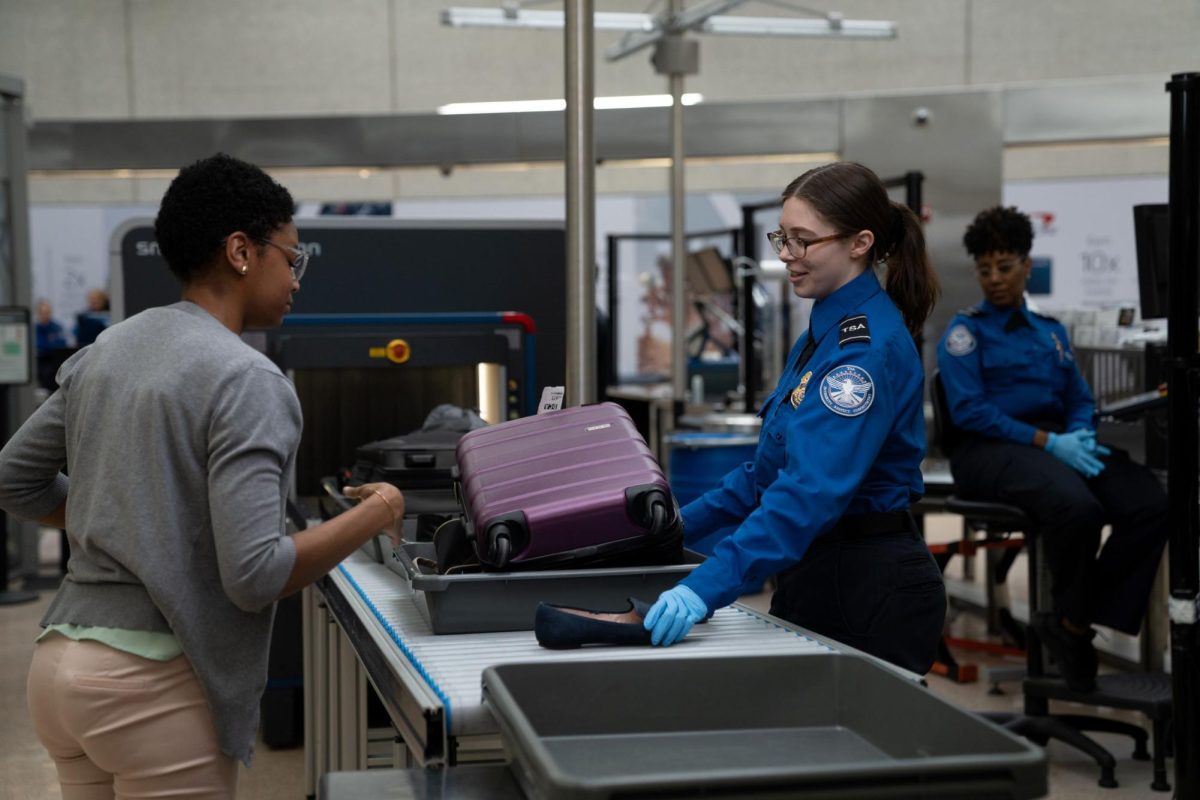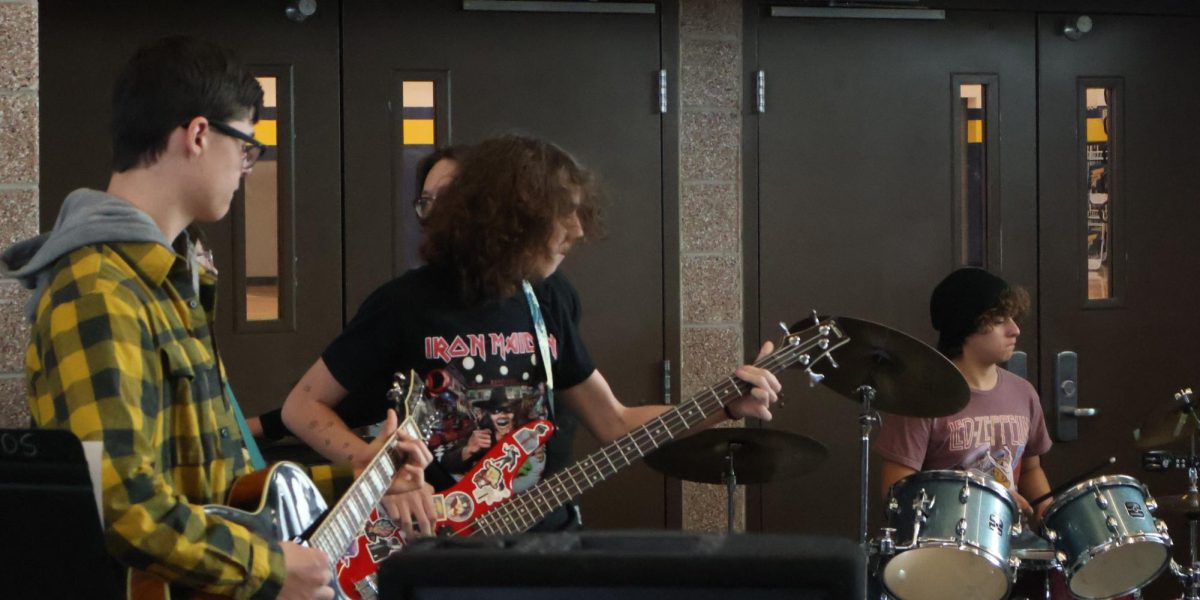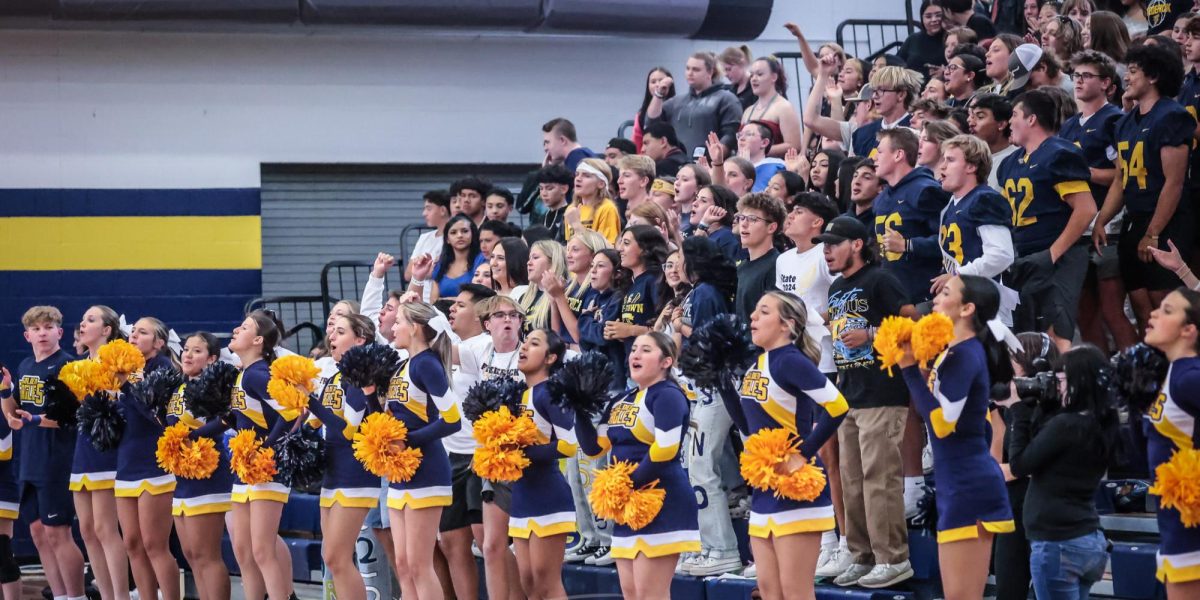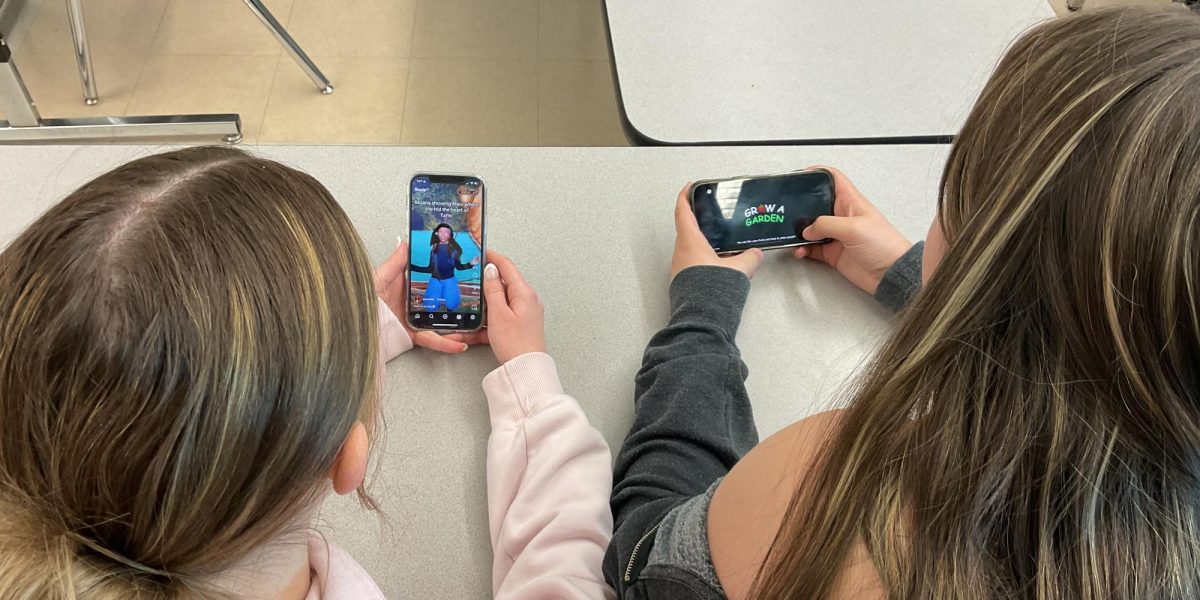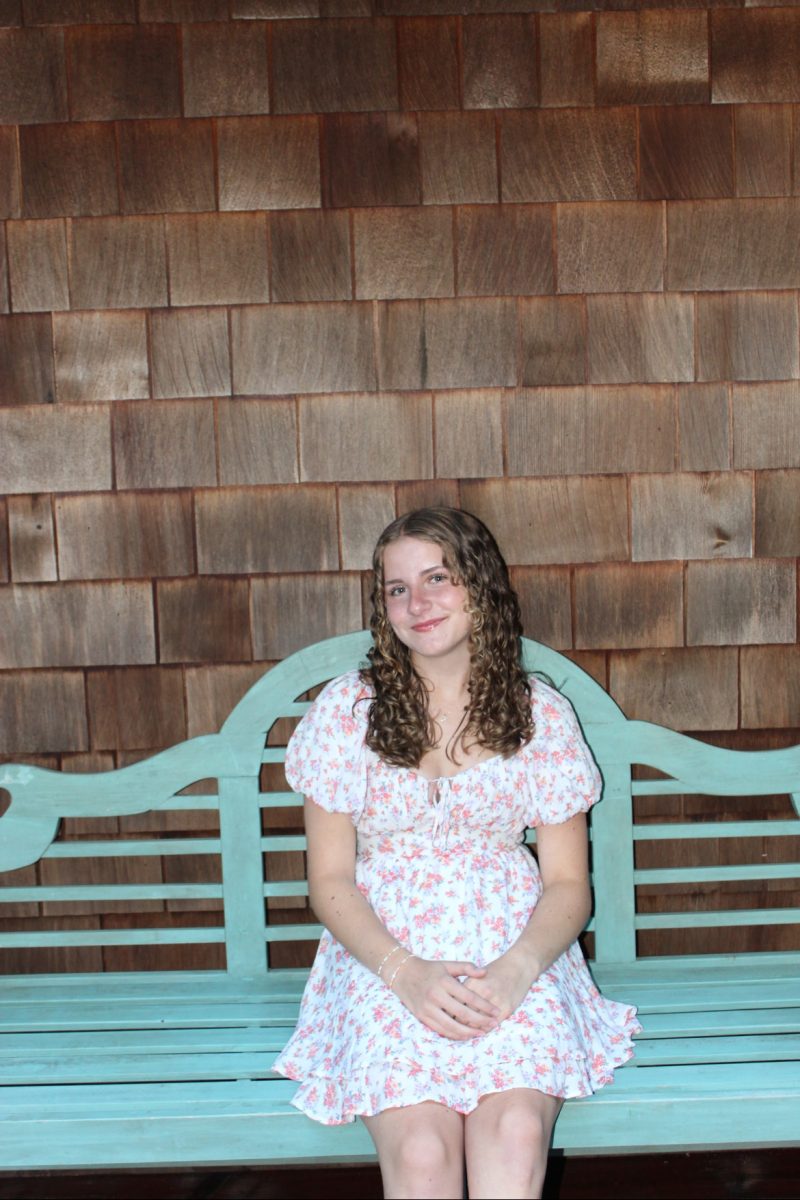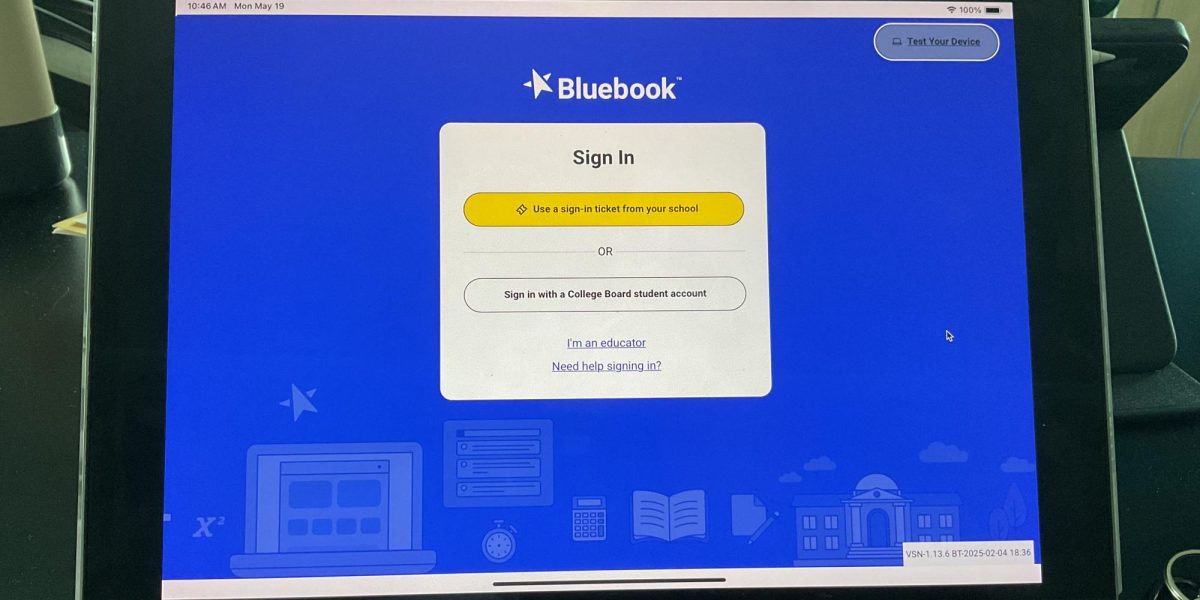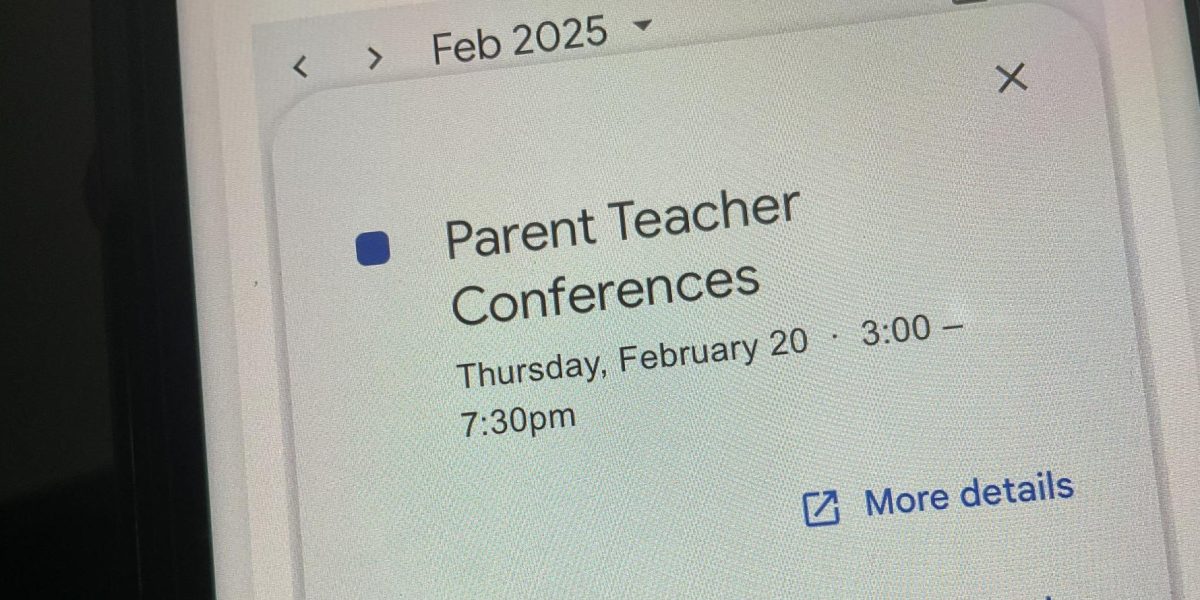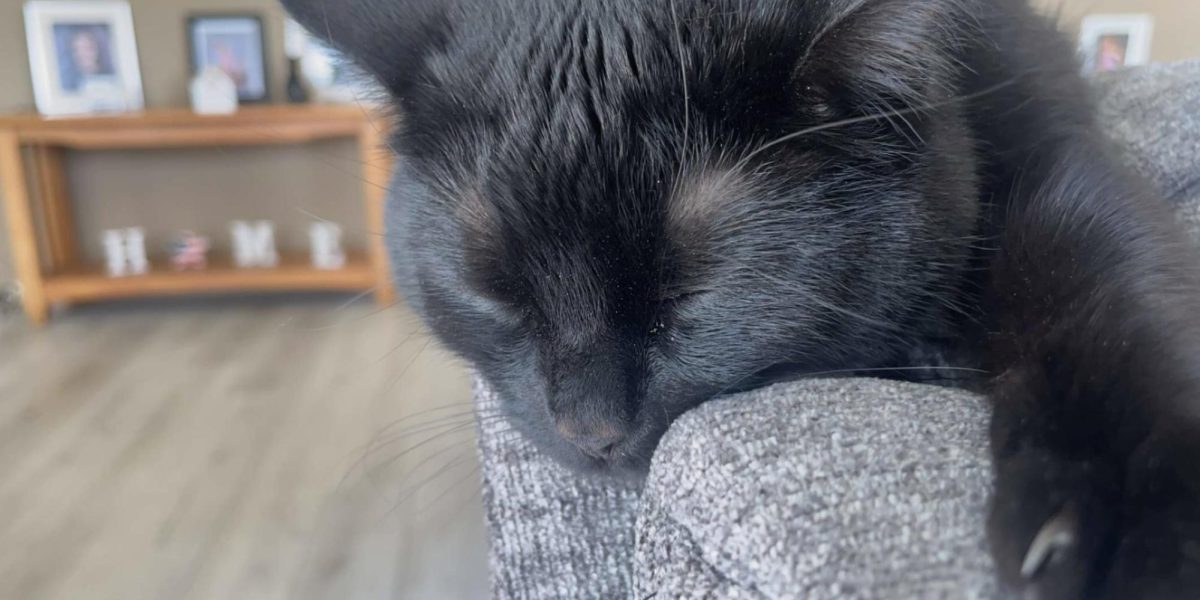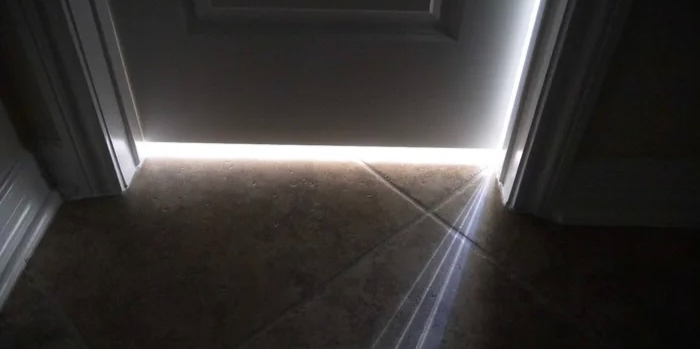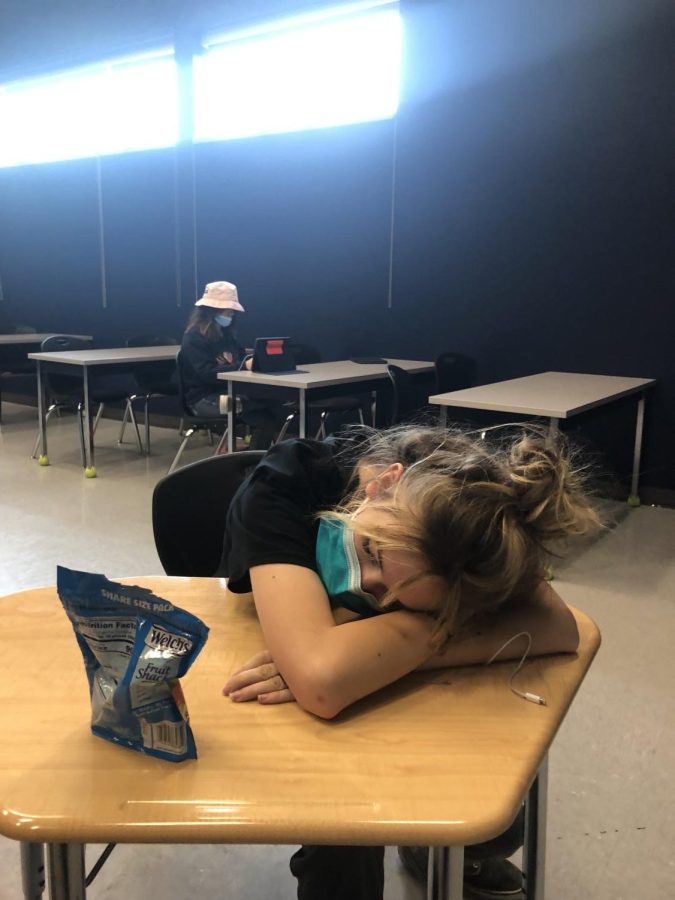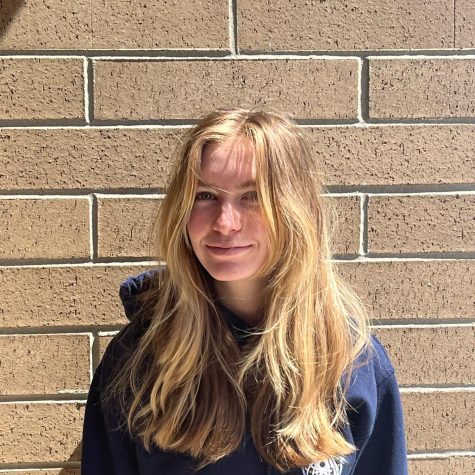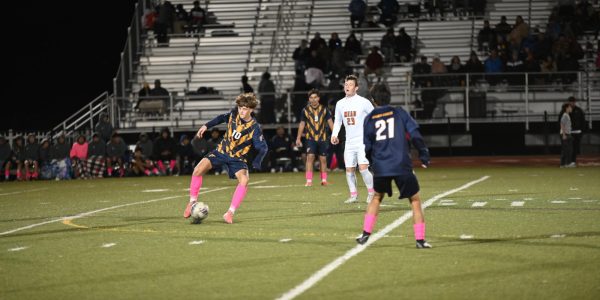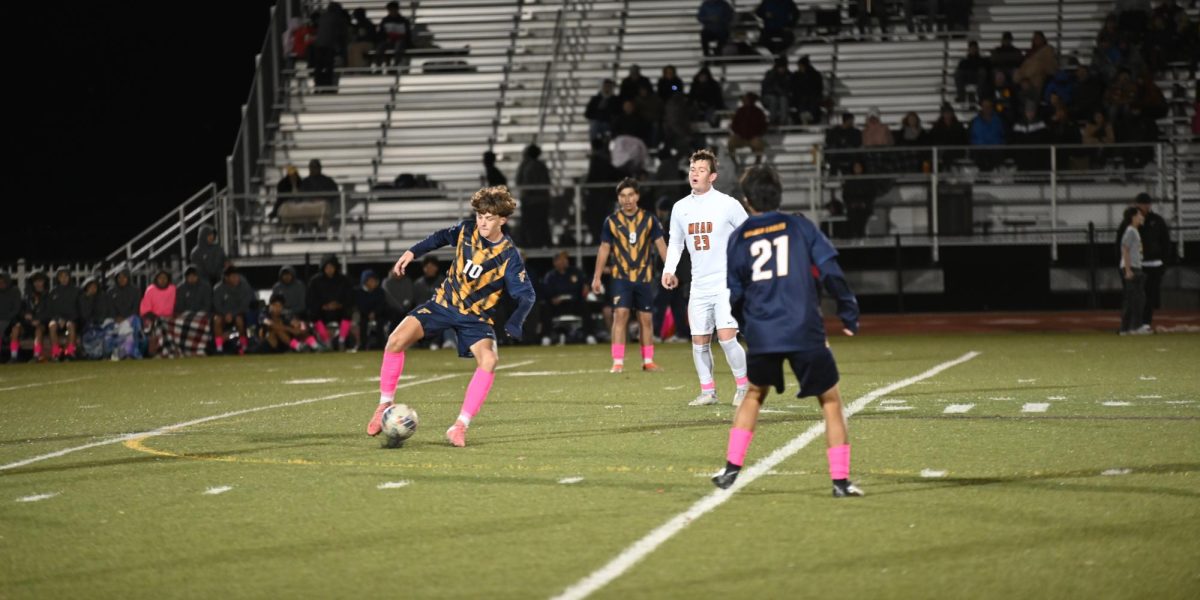Treat Us More Like Kids
Data shows that teens need more sleep—so let’s go back to naptime at school
Kid sleeping in class
November 16, 2021
When I was younger, I distinctly remember my family and friends always wanting me to sleep because of how hyper I was. Now that I’m older it seems to be the exact opposite: it seems as if I want to sleep but never can since I have too much to do.
I’m not alone. According to the CDC, an average student should get eight to ten hours of sleep. But most don’t. ChildMind.org says that “most teens today are living with mild to severe sleep deprivation. Teens actually need more sleep than little kids, and a third of teens get only five to six hours a night.”
Regardless of how tired I may be, I’ve thought of a perfect solution: Frederick should bring back an elementary school favorite, nap time.
Naptime provides lots of benefits to toddlers. According to https://www.webmd.com during the day naps “give their bodies and minds time to rest and recharge during those big changes.” Preschool is school after all: while an outsider might just see kids coloring pretty drawings while sticking crayons up their nose, tons of social and emotional learning happens at preschool. Growing brains need sleep to process all this information. “Naps help kids learn.”
Napping would be just as beneficial for high school students. Teens are just as social as toddlers, and often more emotional (seriously, we all know people who cry a lot). The school district has acknowledged this with their Sources of Strength program, and nap time would fit into what this program teaches.
High school students also need nap time more than toddlers. High school can be stressful with their constant schedule and new responsibilities, such as work and driving. Struggling with these issues sometimes leads to struggles with depression, loneliness, the use of drugs, or even suicide. Naptime would help students with a lot of these issues.
Many students think nap time would be successful. Freshman Caleb Bryce, states, “I would like that very much. It would be successful because everyone’s tired.” Beck Morrison agrees, saying, “I be sleeping through my classes.”
But one student disagrees. Senior Levi Mays says, “It would probably be abused, so if nap time was in high school, it would not work out.” Levi has a good point.
In order to implement nap time, we would need to make it mandatory. There would be a lot of students who would just want to work through nap time and not sleep. But these are the people who need naps the most, as they should be able to take a break.
A nap time would be more effective than just making the start of the school day later. Moving the start of the school day would impact after-school activities like sports and jobs. Students who find it hard to get to school at 7:45 already have the option of taking first period off, and more students need a pick me up in the middle of the day than early in the morning.
There’s also the question of how would we nap. We wouldn’t just sleep at our desks. Instead, we could sleep in the classroom for 30 minutes to an hour.
One of the most typical images people think of when they hear “high school” is a tired student sleeping at their desk. Instead of fighting this, we need to embrace it: let all of us, students and teachers, take a healthy little nap each day to improve our learning, our focus, and our mood.
So how do we fix this issue well we could put “nap time” in high school, and for those who don’t or can’t fall asleep give them an extra hour or so to work on school work so they don’t feel as stressed about their day. Or we could make school days shorter, there really is no need for eight hours day and homework. When too much information gets put into the brain at once the brain often forgets a lot of it. So when you have four classes each day each being two hours, you often forget what happened after each class if classes were as short as thirty minutes you’d have a much better time remembering classwork and what you learned. That would also give you an extra two hours of the day allowing you to prioritize more too homework or after-school activities.



